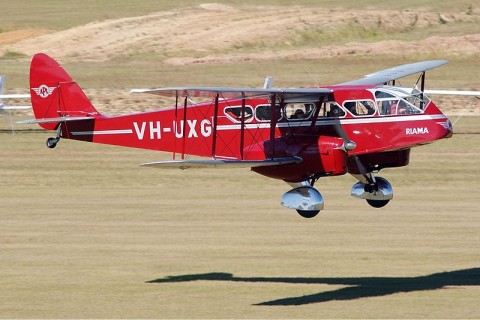I'm pleased to say that Twentieth Century British History has accepted my article 'The shadow of the airliner: commercial bombers and the rhetorical destruction of Britain, 1917-1935' for publication. It should appear online by the end of the year and in print some time after that. Conceptually, though not really intentionally, this article links with the ones I've written on the international air force and the 1935 air panic. The topic is the idea that civilian aircraft could be swiftly converted into effective bombers, which had its origin in the First World War and became extremely common in airpower discourse between the wars, thanks partly to P. R. C. Groves. This is something which has been little discussed by historians, with the main exception of those working on the proposed internationalisation of aviation. I argue that the commercial bomber functioned rhetorically to create a threat from Germany during the Weimar and early Nazi periods, when it was disarmed in the air but strong in civil aviation. Conversely, the issue quickly disappeared from view when the creation of the Luftwaffe was announced.
I have discussed this article here before, actually, though without saying what it was about: it's the one I asked for crowdsourced help in fixing it, after it had already been rejected and rewritten a number of times. Since it was then accepted by the next journal I sent it to (even if not immediately), for me this vindicates the idea of crowdsourcing the editing process in this way. I wouldn't do it as a matter of course, but I'd certainly do it again if (and when) I run into trouble. So thank you to the following people who provided feedback on the article draft:
Alan Allport, Christopher Amano-Langtree, Corry Arnold, Katrina Gulliver, Wilko Hardenberg, Lester Hawksby, James Kightly, Beverley Laing, Ross Mahoney, Andre Mayer, Bob Meade, Andrew Reid, Alun Salt
You'll all be in the acknowledgements, so if I've forgotten anyone, please let me know!


